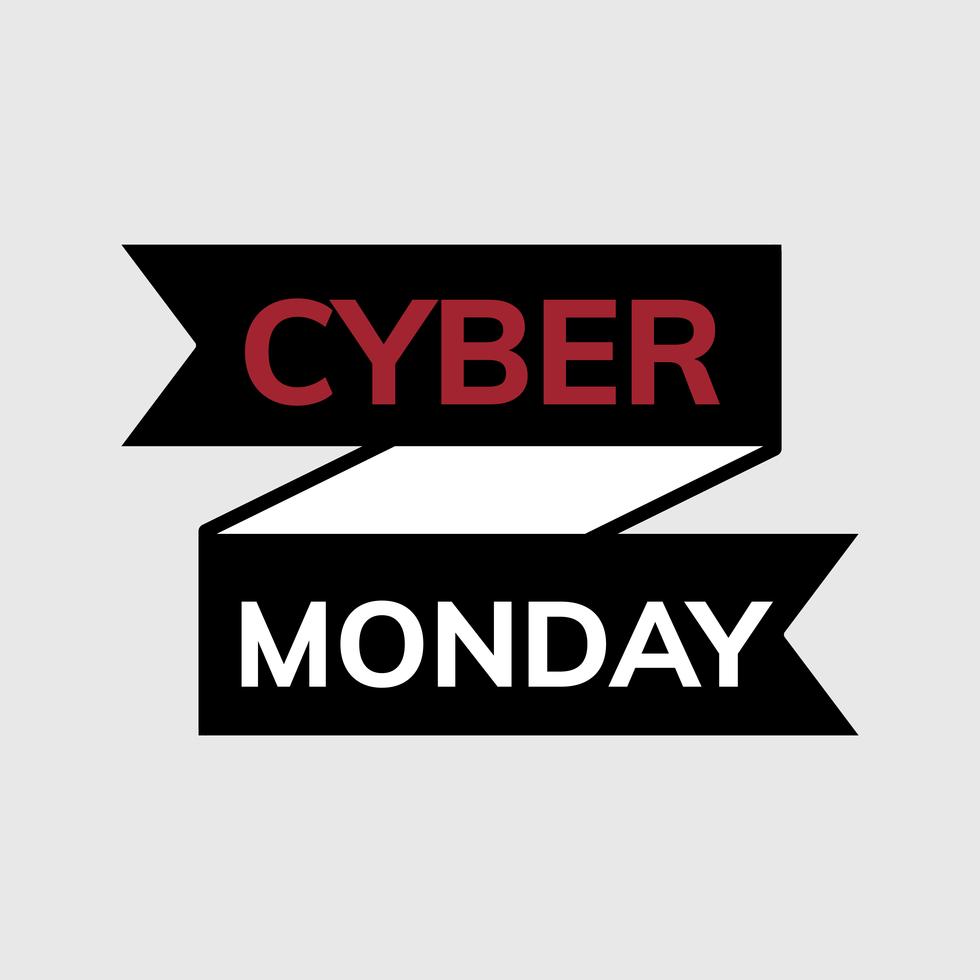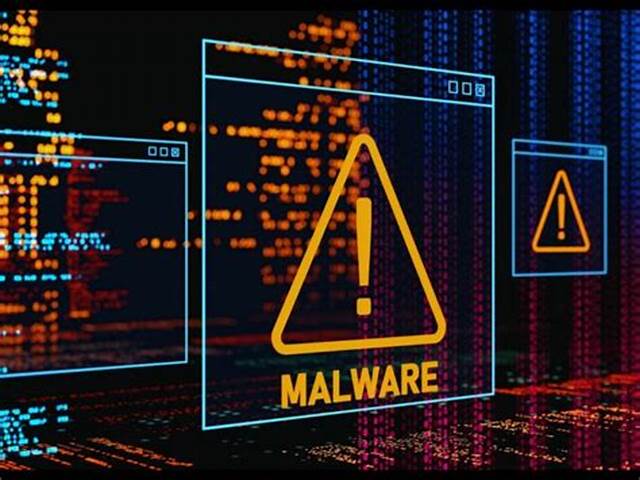Malware: The Silent Threat
 Maxwell Antwi Bosiako
Maxwell Antwi Bosiako
Introduction
According to Cybersecurity Ventures, the global cost of cybercrime, largely driven by malware, reached $8.4 trillion in 2022, and it’s expected to grow to $10.5 trillion by 2025. Malware is a serious threat to individuals and organizations alike. Understanding what malware is, how it spreads, and how to protect yourself is crucial in today's digital world. Let's explore the key aspects of malware and learn how to keep your devices safe.
What is Malware
Malware, short for "malicious software," is any program designed to damage, disrupt, or gain unauthorized access to a computer system. Its goals can include:
Stealing sensitive information
Encrypting or deleting data
Hijacking system functions
Monitoring user activity without permission
Extorting money
Spreading spam or unwanted ads
Common Types of Malware
Adware: Displays unwanted ads to generate revenue for the creators, often bundled with spyware.
Backdoor: Allows unauthorized access to your system.
Rogueware: Tricks users into installing fake security software.
Ransomware: Locks your data until a ransom is paid.
Spyware: Monitors your activities and steals information.
Trojan Horse: imitates legitimate software to deceive users to install other malwares.
Virus: Infects files and can replicate across systems.
Worm: Spreads without user interaction, causing widespread damage
How Malware Infects Devices
Malware is mostly distributed via different ways including the following:
Email Attachments: Malicious files disguised as legitimate attachments.
Fake Ads: Ads that trick users into clicking on harmful links.
Infected Websites: Websites that automatically download malware when visited.
Phishing: Fraudulent messages that deceive users into downloading malware.
Signs of Malware Infection
Slow performance or frequent crashes
Pop-up ads or unfamiliar icons
Redirection to unknown websites
Unauthorized changes to files or settings
10 Tips to Prevent Malware Attacks
Install Anti-Virus Software: Regularly update and scan for malware.
Use Secure Authentication: Require strong passwords and multi-factor authentication.
Limit Administrator Access: Use non-administrator accounts for everyday tasks.
Keep Software Updated: Regularly install patches and updates.
Control Access: Use firewalls, and limit remote access and removable media.
Follow the Least-Privilege Principle: Grant only necessary access to users.
Restrict Application Privileges: Limit the functions that apps can perform.
Implement Email Security: Use spam filters and scan attachments.
Monitor Activity: Watch for unusual behavior or unauthorized access.
Educate Users: Provide training on identifying and avoiding malware.
Conclusion
Remember, staying vigilant and following these guidelines can significantly reduce your risk of falling victim to malware. If you suspect your device is infected, disconnect from the internet immediately and seek professional help to remove the threat.
Subscribe to my newsletter
Read articles from Maxwell Antwi Bosiako directly inside your inbox. Subscribe to the newsletter, and don't miss out.
Written by

Maxwell Antwi Bosiako
Maxwell Antwi Bosiako
I am a cybersecurity enthusiast passionate about protecting digital landscapes. Join me as I explore and share the latest in cybersecurity news, trends, and educational content to help you stay informed and secure in the digital world.